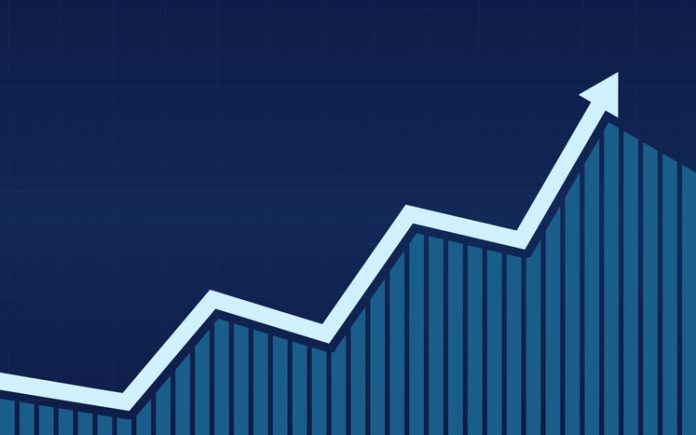
The ability to quickly access and analyze data is crucial in the hospitality industry. Data visualizations take a large amount of data and make it more digestible by using charts, graphs, and other visual components. That way, hoteliers can easily spot trends, make predictions, and enable better decision-making. Read on to learn four ways that hotels can leverage data visualization to gain a competitive edge.
Blend Multiple Data Sources
Hotel data comes from a variety of different sources, both internal and external. Social media, reputation management engines, web traffic sources, weather, and airline data are just a few pieces of the puzzle. Data visualization allows hoteliers to consolidate information and integrate multiple data sources into one view to easily and efficiently see the relationships between data points. For instance, by examining RevPAR data alongside seasonal data, hoteliers can easily spot trends.
Identify Strengths and Weaknesses
Data visualization makes it easier to identify what a hotel does best and focus on marketing those strengths to potential customers. If most people book because of the hotel’s location, the marketing team can use that insight. Data visualization also makes it easy to spot areas in need of improvement and determine what changes will have the best impact on improving the hotel’s bottom line.
Drive Profitability
In the hospitality industry, it is crucial to study reservation patterns, anticipate demand, and price accordingly. Hotels that track occupancy rates and can accurately predict demand for rooms have an edge over their competitors. This knowledge allows them to price their rooms accordingly and lower rates just enough so they can fill their rooms at the highest possible price, improving margins.
Data can also be used to track what hotels are paying out in labor versus what the property is bringing in, and avoid overstaffing by monitoring routinely slow seasons, days, or shifts.
Improve Customer Experience
To be successful, hotels need to understand their guests. Satisfied customers are more likely to share their positive experiences with a brand. By visualizing guest data—from how much money they spend on extra amenities to how long they typically stay—helps hotel teams organize all of that information, categorize customers, and create specialized offers for them. By tracking repeat guests and the value of their purchases, help hotels can determine if their loyalty program is meeting goals and objectives.











